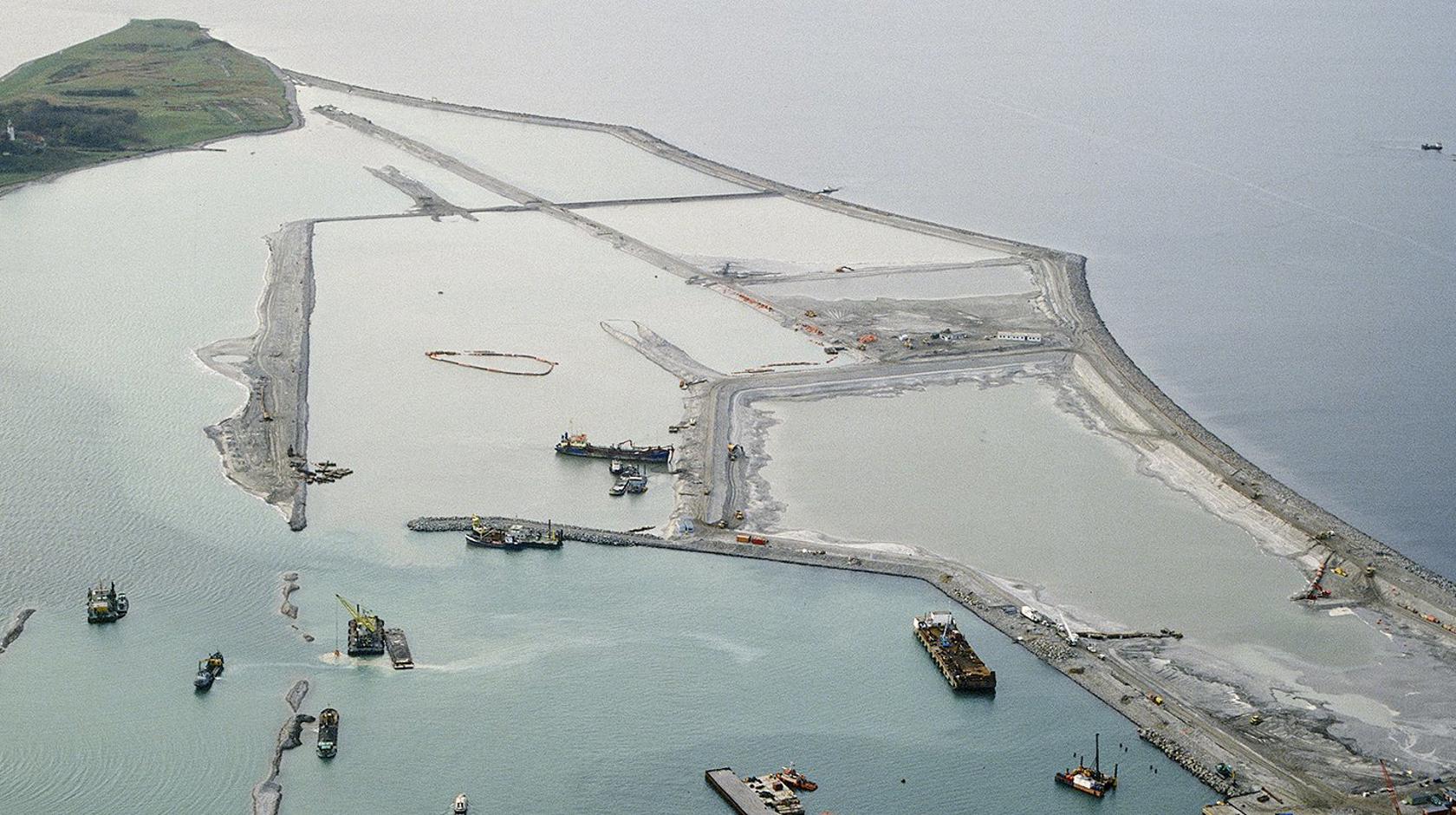
Sprogø was formed by the last Ice Age
The Danish landscape was formed by the last Ice Age. At some point in time, the ice cap streched from Sprogø to Korsør. The ice front was never static and, as can be seen elsewhere in Denmark, the movement of the ice forced moraine sediment forward creating, inter alia, Sprogø. Moraine sediments are typically very uneven with som containing large stones and others dominated by clay. A walk across Sprogø clarly shows great variety in the soil conditions. The same applies to the seabed.
On the seabed, the top layer is moraine clay while the next layer consists of marl followed by a chalk layer. Test borings showed the thickness and distribution of the various layers to vary greately.
Old and New Sprogø
The parliamentary debate on the bill for the fixed link across Storebælt revealed considerable disagreement. Although it was recognised that changes would occur in the environment around Sprogø, a major proviso centered on the condition that the bridge should not hinder the water exchange in the Baltic Sea to an extend where marine life would change.
The fact that the largest part of Sprogø was new created a unique opportunity to develop and design the landscape in the way one imagines Denmark should look.
All along, the principle was that what was destroyed in the old part of Sprogø could be compensated for in the new section. Here the green toad, unique to Sprogø, has played a role. As one of the waterholes, which serves as a breeding ground for toads, was substantially reduced during the construction, new waterhoels were excavated on the old part of Sprogø.
The material for New Sprogø primarily derived from the 10,000 year-old Ice Age deposits from the tunnel excavations and the seabed dredgings aimed at compensating for the bridge's blocking effect. Originally, it was intended that the new section should consist of undulating countryside but lack of soil prevented this. Instead, there is now a lake at the eastern section of New Sprogø where there could have been a hill.
A/S Storebælt wishes to protect bird life to the greatest possible extent so that travellers have a genuine experience of nature. Since the best way of attracting breeding, staging and migrating birds to Sprogø is by controlling the island's grass, cows and sheep are put out to pasture there.